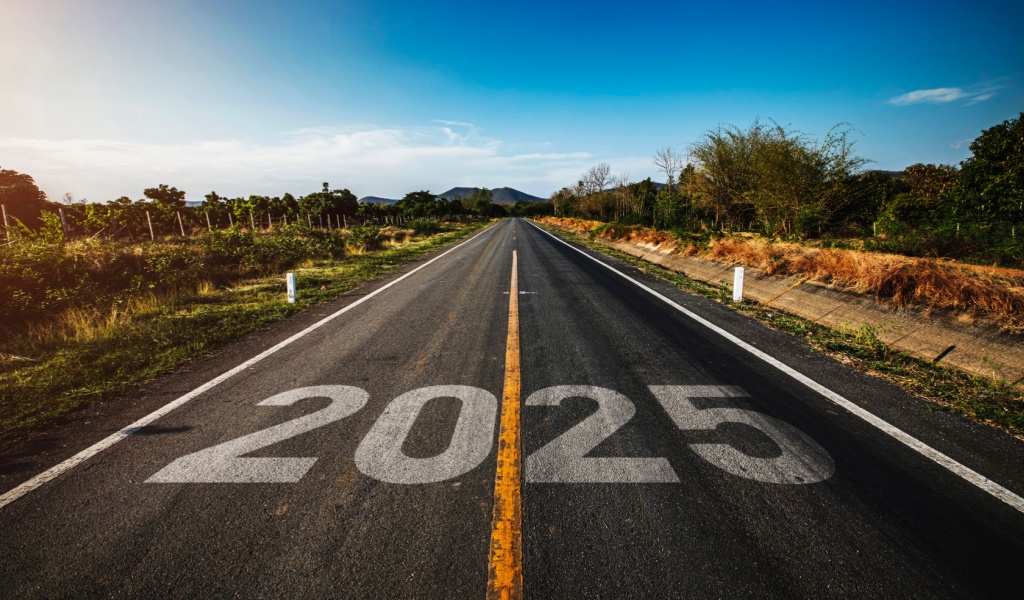For Veterans across the country, VA benefits are a crucial source of financial security and healthcare access. As we approach 2025, it’s natural to wonder about the outlook for these programs. While some aspects remain constant, others are subject to change due to legislative updates, economic factors, and ongoing program evaluations. Here’s a breakdown of what Veterans can expect in 2025:
Funding and Eligibility
The VA budget is a significant indicator of program availability. While the final 2025 budget awaits Congressional approval, early projections suggest continued funding for core programs like disability compensation, healthcare, and education. Additionally, the recent passage of the PACT Act expands eligibility for benefits related to exposure to burn pits and other toxins. This expansion might lead to an initial increase in claims processing time, but ultimately extends vital support to a wider range of Veterans.

Cost-of-Living Adjustment (COLA) for VA 2025
The annual COLA adjustment directly impacts the value of VA benefits tied to the cost of living, such as disability compensation and pensions. The COLA for 2025 is yet to be determined, but current economic trends suggest it may be lower than the significant increases witnessed in 2023 and 2024. This could necessitate some budgetary adjustments on the part of Veterans. However, advocacy groups like the Military Officers Association of America (MOAA) are constantly pushing for legislation that protects the purchasing power of benefits.
Technology and Service Delivery
The VA is continuously seeking to improve service delivery through technology advancements. Online portals for claims processing, appointment scheduling, and benefit management are becoming increasingly user-friendly. Veterans can expect further improvements in these areas in 2025, potentially leading to faster claim processing times and easier access to services. Additionally, telehealth options for healthcare delivery are likely to expand, offering greater flexibility and convenience for Veterans residing in remote areas.
Focus on Mental Health
Mental health remains a top priority for the VA. We can expect continued investment in programs addressing Post-Traumatic Stress Disorder (PTSD), depression, and other mental health conditions. This might include increased access to mental health specialists, specialized treatment programs, and support groups. Furthermore, initiatives focused on preventing mental health issues through education and early intervention are likely to gain traction.
Advocacy and Awareness
Veteran advocacy groups play a critical role in securing and improving VA benefits. These organizations will likely remain active in 2025, pushing for legislation that expands eligibility, increases funding, and streamlines service delivery. Additionally, efforts to raise public awareness about VA benefits and encourage Veterans to utilize available resources are expected to continue.
Challenges and Uncertainties
Despite a positive outlook, some challenges persist. Processing times for claims, particularly those related to complex disabilities, can still be lengthy. Additionally, the potential for future budget constraints necessitates continued vigilance from Veteran advocacy groups.
Conclusion
While some aspects of VA benefits in 2025 remain uncertain, the overall outlook is positive. Continued funding, expanded eligibility, and a focus on technology and mental health services bode well for Veterans seeking support. Staying informed about legislative changes, program updates, and available resources through the VA and advocacy organizations will be crucial for Veterans to navigate the landscape in 2025. By staying connected and engaged, Veterans can ensure they continue to receive the benefits they deserve.
If you’ve been denied benefits, or feel stuck, don’t hesitate to reach out to Veterans Law Help today.






